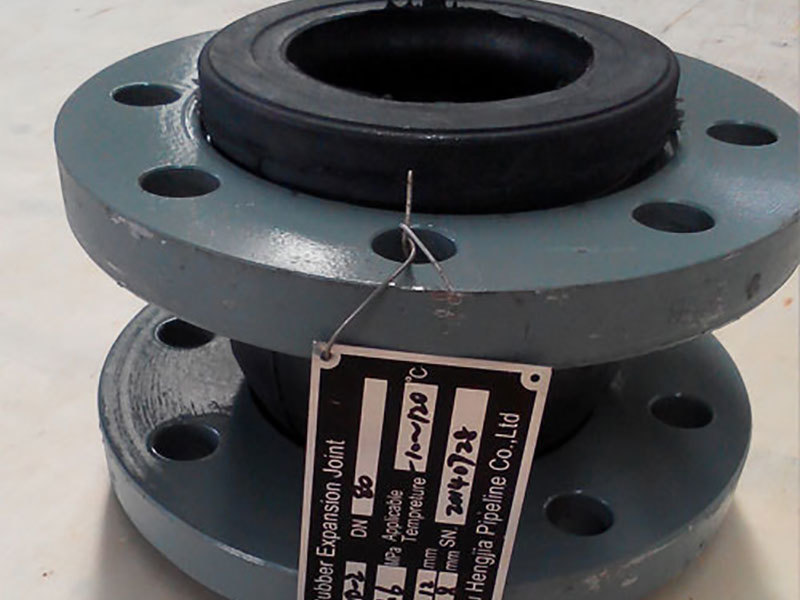Understanding Straight Seam Steel Pipes: Applications and Benefits
Release time:
2025-10-12
Straight seam steel pipes are essential components in various industrial applications, especially in the field of pipelines and construction. These pipes are manufactured through a process that involves welding flat steel plates together to form a hollow cylindrical shape. The welding happens along a straight line, which gives these pipes their name. The production of straight seam steel pipes is
Straight seam steel pipes are essential components in various industrial applications, especially in the field of pipelines and construction. These pipes are manufactured through a process that involves welding flat steel plates together to form a hollow cylindrical shape. The welding happens along a straight line, which gives these pipes their name. The production of straight seam steel pipes is a highly controlled process that ensures a uniform thickness and strength throughout the pipe, making them suitable for a wide range of applications.
One significant advantage of straight seam steel pipes is their structural integrity. The welding method employed provides a strong bond, which enhances the overall durability and reliability of the pipe. This makes them ideal for transporting fluids and gases under high pressure. In industries such as oil and gas, water supply, and heating, these pipes play a crucial role in ensuring safe and efficient operations.
Moreover, straight seam steel pipes are available in various sizes and thicknesses, catering to different operational requirements. This versatility allows engineers and designers to select the most appropriate pipe specifications for their projects. Additionally, they can be used in different environments, including underground installations, outdoor settings, and high-temperature applications.
Another important aspect of straight seam steel pipes is their ease of fabrication and installation. The uniformity in size and shape simplifies the fitting process, reducing the time and labor costs associated with installation. Furthermore, these pipes can be easily connected to various fittings and valves, enhancing their adaptability in complex pipeline systems.
In terms of maintenance, straight seam steel pipes generally require less upkeep compared to other piping materials. Their robust nature helps resist corrosion, especially when proper coatings or treatments are applied. This long lifespan contributes to lower overall costs for businesses and industries relying on this type of piping system.
In conclusion, straight seam steel pipes are a fundamental part of many industrial applications due to their strength, durability, and versatility. Their ability to effectively transport fluids and gases under various conditions makes them indispensable in sectors such as construction, oil and gas, and water management. By understanding the benefits and applications of straight seam steel pipes, industries can make informed decisions on their pipeline needs, ensuring efficiency and safety in operations.
One significant advantage of straight seam steel pipes is their structural integrity. The welding method employed provides a strong bond, which enhances the overall durability and reliability of the pipe. This makes them ideal for transporting fluids and gases under high pressure. In industries such as oil and gas, water supply, and heating, these pipes play a crucial role in ensuring safe and efficient operations.
Moreover, straight seam steel pipes are available in various sizes and thicknesses, catering to different operational requirements. This versatility allows engineers and designers to select the most appropriate pipe specifications for their projects. Additionally, they can be used in different environments, including underground installations, outdoor settings, and high-temperature applications.
Another important aspect of straight seam steel pipes is their ease of fabrication and installation. The uniformity in size and shape simplifies the fitting process, reducing the time and labor costs associated with installation. Furthermore, these pipes can be easily connected to various fittings and valves, enhancing their adaptability in complex pipeline systems.
In terms of maintenance, straight seam steel pipes generally require less upkeep compared to other piping materials. Their robust nature helps resist corrosion, especially when proper coatings or treatments are applied. This long lifespan contributes to lower overall costs for businesses and industries relying on this type of piping system.
In conclusion, straight seam steel pipes are a fundamental part of many industrial applications due to their strength, durability, and versatility. Their ability to effectively transport fluids and gases under various conditions makes them indispensable in sectors such as construction, oil and gas, and water management. By understanding the benefits and applications of straight seam steel pipes, industries can make informed decisions on their pipeline needs, ensuring efficiency and safety in operations.
Key words:
Related News






